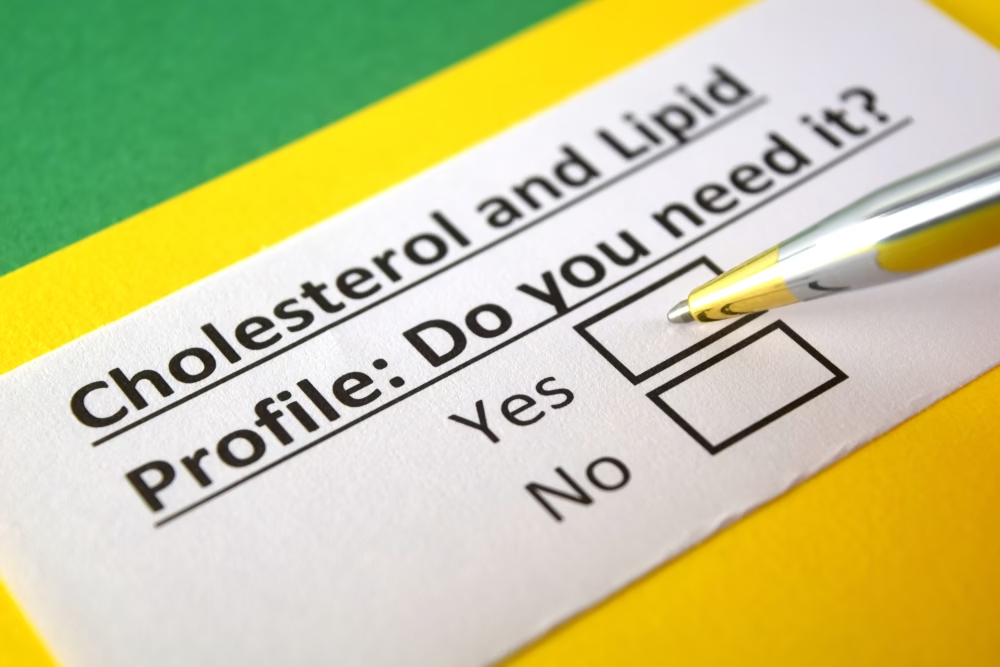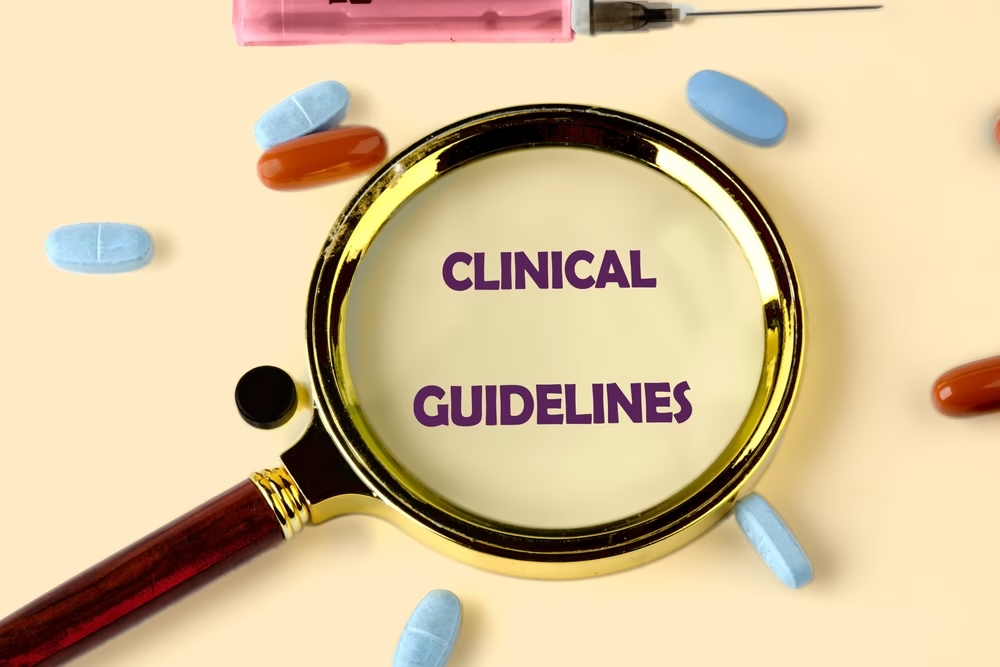When patients visit SAAOL Heartcare Delhi, a question arises in the consultation room: “Doctor saab, I read that heart disease treatment is different in the US or Europe than it is here in India. So what should I follow? Is US treatment better?”
It’s a fair question. In the age of information, news about medicine travels faster than ever. Recommendations of the American Heart Association (AHA), European Society of Cardiology (ESC), and Indian bodies like CSI (Cardiological Society India) are frequently cited in the media as well as research. Although the end goals of each procedure, i.e, saving lives, are similar, there can be different approaches to treating heart disease, for instance, congestive heart failure treatment, bypass surgery, and non-invasive alternatives like EECP treatment in Delhi/NCR.
With more than three decades of expertise, SAAOL Heartcare heart specialists and team of Dr. Bimal Chhajer have demonstrated that you can often prevent bypass surgery, reverse heart disease without surgery, and ideally select an alternative to bypass surgery that is both science-based and adapted to our Indian reality.
So how do Indian guidelines measure up to global ones in 2025? And most of all: What does it mean for you if you have heart failure, angina, or congestive heart disease?
Let’s break it down.
Why Compare Global and Indian Guidelines?
Heart disease does not look the same everywhere.
Younger heart patients in India:
A typical heart disease Indian patient is 10 years younger than his or her Western counterpart. That translates to more patients in their mid-30s, 40s, and 50s, who are frequently still the primary wage earners for their families.
Higher rates of diabetes & metabolic syndrome:
India is known as the capital of Diabetes. Diabetes isn’t just a sugar issue; it drives heart blockage, heart failure, and complications from angioplasty or bypass surgery.
Smaller arteries, higher risk:
Indian patients often have smaller coronary arteries compared to Western patients. This makes bypass surgery technically more difficult and increases the risk of re-blockage.
If the AHA proposes invasive interventions for some stages of heart disease in India, it could also mean much higher morbidity and expense.
That’s where non-surgical heart disease treatments, such as EECP with SAAOL, become relevant, not just as an afterthought but even in some instances as a better initial option.
Indian Guidelines: The 2025 Stand

The Cardiological Society of India (CSI) has updated its 2025 guidelines with a stronger emphasis on:
- Early lipid profiling (testing cholesterol from age 18-20).
- Lifestyle-first approach (diet, yoga, exercise, stress control).
- Cultural adaptation (addressing Indian cooking oils, refined carbs, and sedentary lifestyles).
- Non-surgical heart disease treatment options, like EECP, are available to carefully selected patients
This is where SAAOL Heartcare turns the story upside down. Dr. Bimal Chhajer thinks of lifestyle as medicine. Not as an “add-on,” but instead as the central treatment. Scientific data backs this: The World Heart Federation states that up to 80% of heart disease could be prevented or reversed with a strict diet, exercise, and stress management. So when patients ask, “Can I reverse heart disease without surgery?” the evidence says: yes, if you commit.
Congestive Heart Failure Treatment in India
While we talk about stents and surgeries, congestive heart failure (CHF) is silently rising.
- More than 10 million Indians live with CHF.
- The 1-year mortality after diagnosis is as high as 20–30%, according to Nature Communications, worse than many cancers.
Yet, CHF remains underdiagnosed and undertreated.
Why?
Because symptoms of Congestive Heart Failure, such as shortness of breath, swollen legs, and fatigue, are frequently misdiagnosed as “normal aging” or “weakness”. By the time people come to care, they are already in late-stage heart failure.
Global protocols advocate for high-tech drugs, pacemakers, and surgeries. The same goes for Indian guidelines. But in India, cost, access, and awareness are barriers. This is where SAAOL’s approach, non-invasive heart treatment, diet, and stress reversal, becomes practical and lifesaving when it comes to congestive heart failure treatment in India.
Table: Global vs Indian guidelines (2025)
| Aspect of Care | Global Guidelines (AHA/ESC) | Indian Guidelines (CSI) | SAAOL Model |
| Primary Focus | Drugs + Devices + Surgery | Drugs + Lifestyle + EECP for selective patients | Lifestyle + Non-invasive Treatment |
| Heart Failure | Early drugs, devices, and transplants | Stepwise drugs, devices, and transplants | Lifestyle + EECP + rehab, if feasible |
| Lifestyle Role | Foundation, but secondary in practice | Mentioned but under-implemented | Core of treatment |
| Bypass Surgery | Recommended in the left main artery, multi-vessel disease | Same | Avoid bypass surgery if possible |
EECP vs Bypass Surgery: Heart Disease Treatment in India
Image
2025’s trendiest topics: “Should I go for bypass surgery or do the EECP first?”
Bypass surgery:
A potential lifesaver in some scenarios (like severe left main artery disease). But it is invasive, expensive, and carries risks of infection, stroke, or re-blockage.
EECP treatment in Delhi/NCR:
Non-invasive, improves blood flow, stimulates collateral circulation, and can relieve angina in up to 80% of patients. Recovery time? Days, not months.
Key Data:
- Up to 20–30% of the patients experience complications within a 10-year interval after bypass surgery.
- Patients treated with EECP experience improvements in exercise performance and decreased angina without surgical risks.
That’s why SAAOL reserves surgery for only the rarest, most extreme cases and recommends EECP as a first-line treatment, when feasible.
Heart Disease Symptoms You Should Never Ignore
Whether you’re in India or elsewhere, symptoms should never be overlooked.
- Chest pain or a feeling of pressure in the chest (that may be triggered by exertion)
- Shortness of breath
- Fatigue with simple tasks
- Swelling in the legs or ankles
- Dizziness or fainting
These could also be signs of congestive heart failure, angina, or other heart problems. The earlier they are addressed, the better your chance to reverse heart disease without surgery.
When Guidelines Clash: What Should Patients Do?
So, if global and Indian guidelines differ, what’s the right move?
- Context matters: What works in Boston may not work in Bengaluru.
- Lifestyle first: Across all guidelines, lifestyle modifications are key, but SAAOL Heartcare makes it central.
- Non-invasive before invasive: Unless your condition is immediately life-threatening, non-surgical options like EECP treatment in Delhi should be tried first.
- Ask the right question: Not just “Will this open my blockage?” but “Will this improve my quality of life and survival without unnecessary risk?”
The Saaol Heartcare Model
At the end of the day, guidelines are frameworks, but patients need something they can actually follow and make the guidelines easier to understand and practice..
Here is where the SAAOL model excels:
- Diet therapy (completely oil-free with the Zero-oil cooking method)
- Stress management (meditation, breathing, counseling)
- Exercise advice tailored to heart patients
- EECP as the non-invasive medical backbone
- Medical supervision without rushing to surgery
This total approach to heart disease treatment is just what India, and most of the developing world, needs in 2025.
Conclusion
The SAAOL approach bridges both worlds of these guidelines, grounded in science, adapted to India, and focused on avoiding bypass surgery and reversing heart disease without surgery.
If you or a loved one is battling congestive heart failure, heart problems, or angina, remember: guidelines are evolving. But the real choice is yours, between an invasive path and a holistic, non-invasive heart disease treatment.
And in that choice, SAAOL Heartcare Delhi, guided by Dr. Bimal Chhajer, offers a model of hope, safety, and long-term healing. Contact SAAOL Heartcare today.
FAQs. Heart Disease Treatment in India
- Can stress really cause heart blockage?
Yes. Stress hormones damage arteries, raise blood pressure, and worsen cholesterol deposits. Over time, this accelerates blockages.
- What are the common congestive heart failure symptoms?
Breathlessness, leg swelling, fatigue, frequent urination at night, and difficulty sleeping flat.
- Is EECP safe after bypass surgery?
Yes. EECP can be safely done after bypass surgery or a stent if symptoms persist.
- How can I book an appointment with Dr. Bimal Chhajer?
You can contact SAAOL Heartcare Delhi directly via phone or the online appointment portal.
- Can heart disease be reversed without surgery?
Yes. With lifestyle modifications, medical supervision, and non-invasive heart disease treatments like EECP, reversal is possible.


